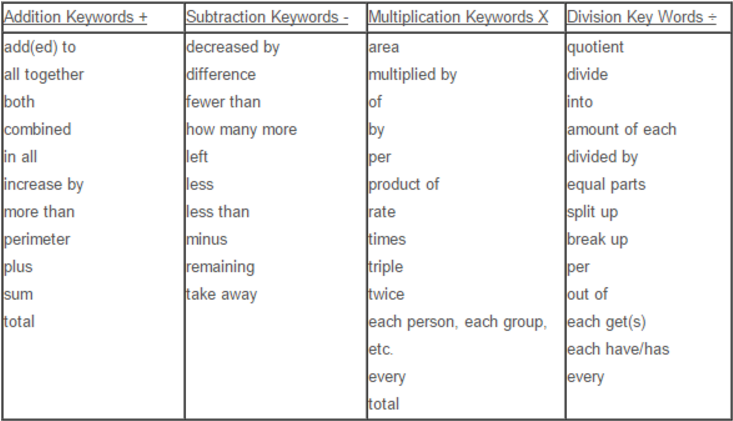The resource I found is an article from the Association for
Supervision and Curriculum Development written by Pérsida Himmele and William
Himmele. In the article, they list different strategies for all subjects and
how to apply them to the classroom. I thought the content-based “I am” poems
would be fun to use in the science classroom. To do an “I am” poem, you would
assign students a scientific object to research and they will follow this
outline to describe the object:
I am (two characteristics you have)
I wonder (something you're curious about)
I hear (an imaginary sound)
I see (an imaginary sight)
I want (a desire)
I am (the first line of the poem repeated)I pretend (something you pretend)
I feel (a feeling about something imaginary)
I touch (an imaginary touch)
I worry (something that really bothers you)
I cry (something that saddens you)
I am (the first line of the poem repeated)I understand (something you know is true)
I say (something you believe in)
I dream (something you believe in)
I try (something you really make an effort about)
I hope (something you hope for)
I am (the first line of the poem repeated)
I wonder (something you're curious about)
I hear (an imaginary sound)
I see (an imaginary sight)
I want (a desire)
I am (the first line of the poem repeated)I pretend (something you pretend)
I feel (a feeling about something imaginary)
I touch (an imaginary touch)
I worry (something that really bothers you)
I cry (something that saddens you)
I am (the first line of the poem repeated)I understand (something you know is true)
I say (something you believe in)
I dream (something you believe in)
I try (something you really make an effort about)
I hope (something you hope for)
I am (the first line of the poem repeated)
I thought this would be fun for students because it gives
them a chance to be creative while describing a potentially boring subject. Another
thing I like about this strategy and article, is that they are low-risk for
English Language Learners and really focuses on comprehension of the subject. (130)
Science Example
I am a dormant volcano
I wonder when my time will come
I hear a rumbling beneath the earth's surface
I see the clouds out of my vast crater
I want to explode!
I am a dormant volcanoI pretend I could shoot lava out of the earth
I feel the heat beneath me
I touch the land all around
I worry I will never breathe fire
I cry because I want to breathe fire
I am a dormant volcanoI understand that it has been hundreds of years
I say, come on magma, join me
I dream that I will fill the earth
I try to explode
I hope I can someday feel again
I am a dormant volcano
I am a dormant volcano
I wonder when my time will come
I hear a rumbling beneath the earth's surface
I see the clouds out of my vast crater
I want to explode!
I am a dormant volcanoI pretend I could shoot lava out of the earth
I feel the heat beneath me
I touch the land all around
I worry I will never breathe fire
I cry because I want to breathe fire
I am a dormant volcanoI understand that it has been hundreds of years
I say, come on magma, join me
I dream that I will fill the earth
I try to explode
I hope I can someday feel again
I am a dormant volcano
taken from http://www.ascd.org/publications/books/108037/chapters/C-=-Content-Reading-Strategies.aspx

